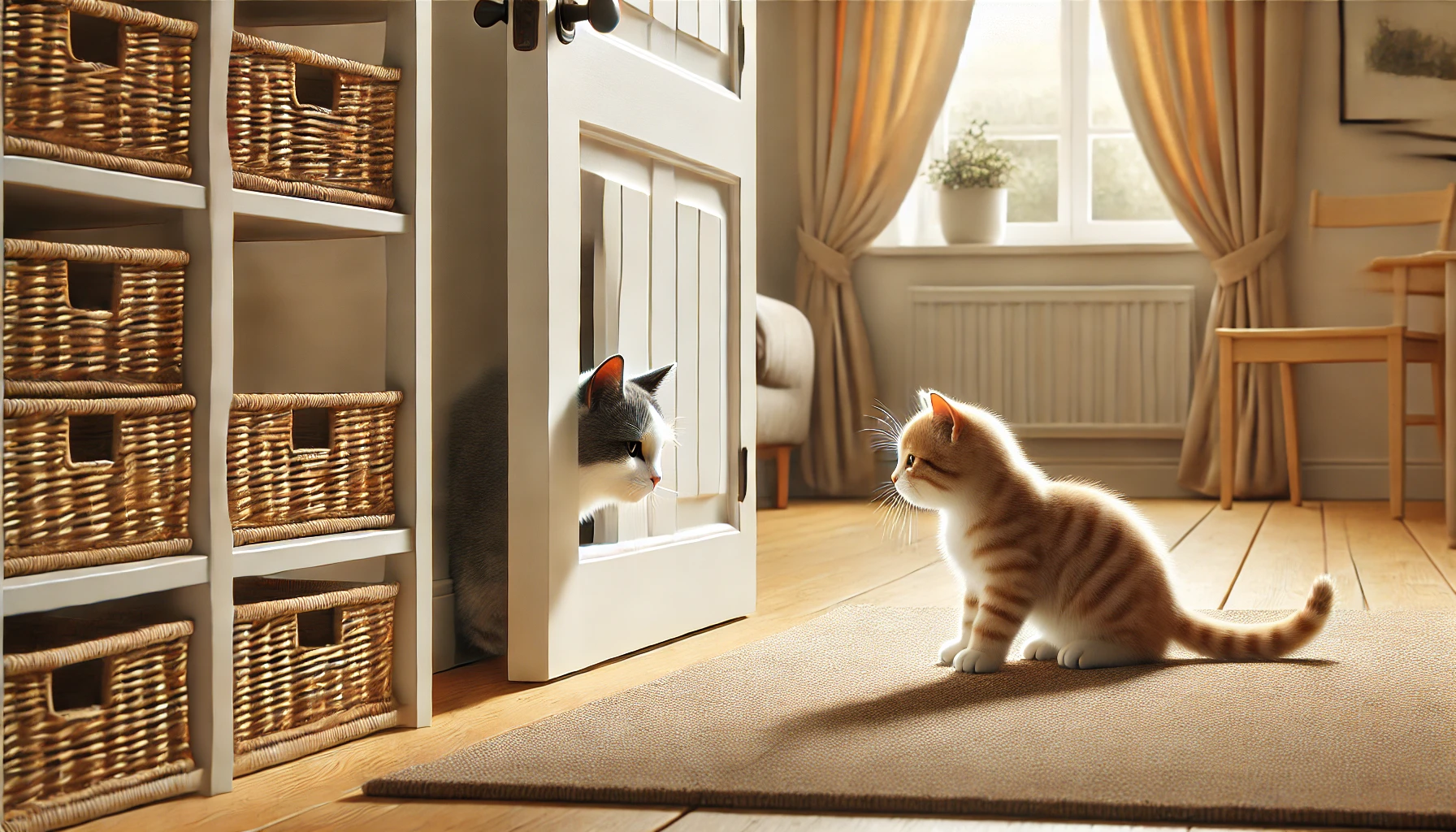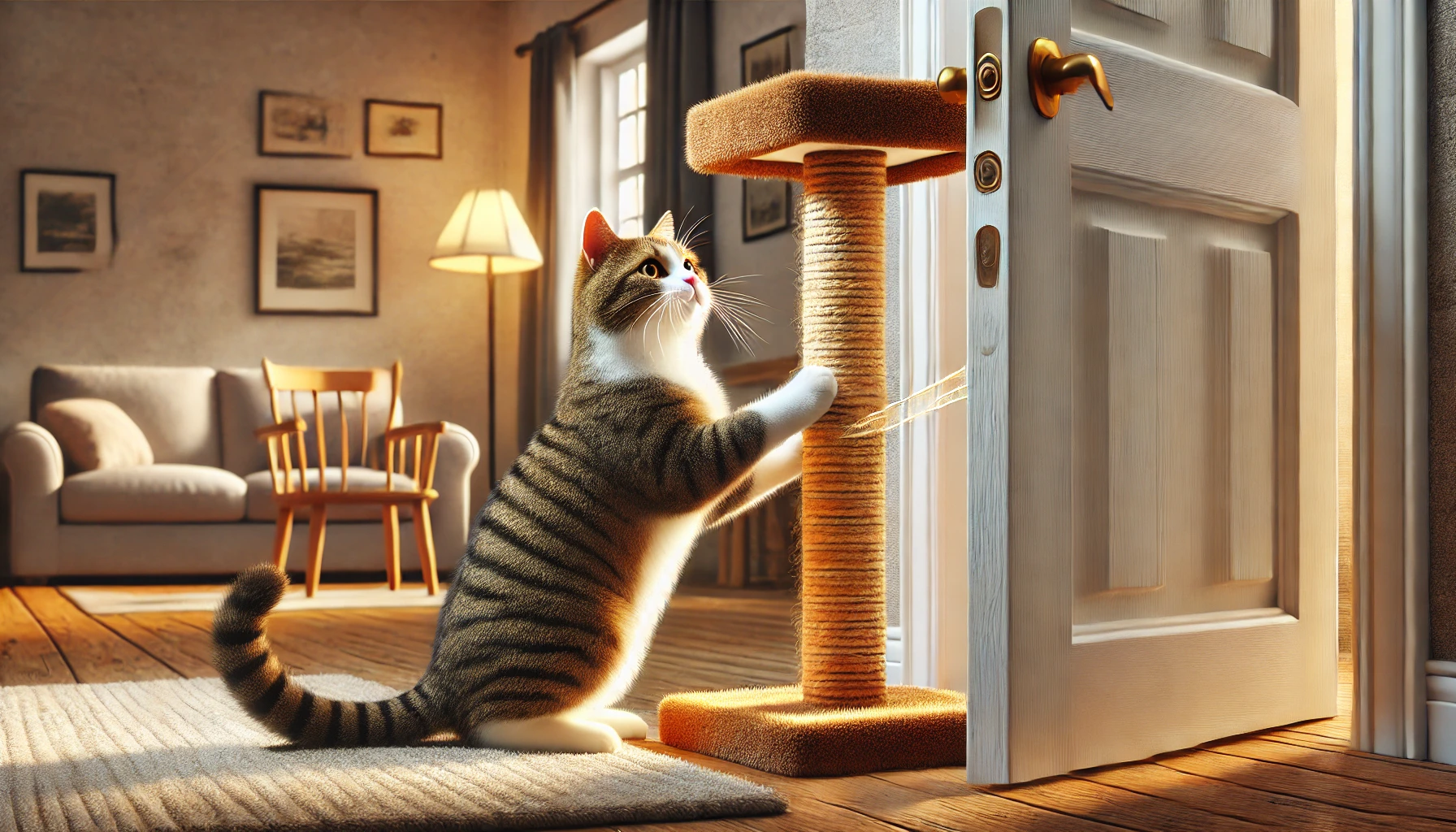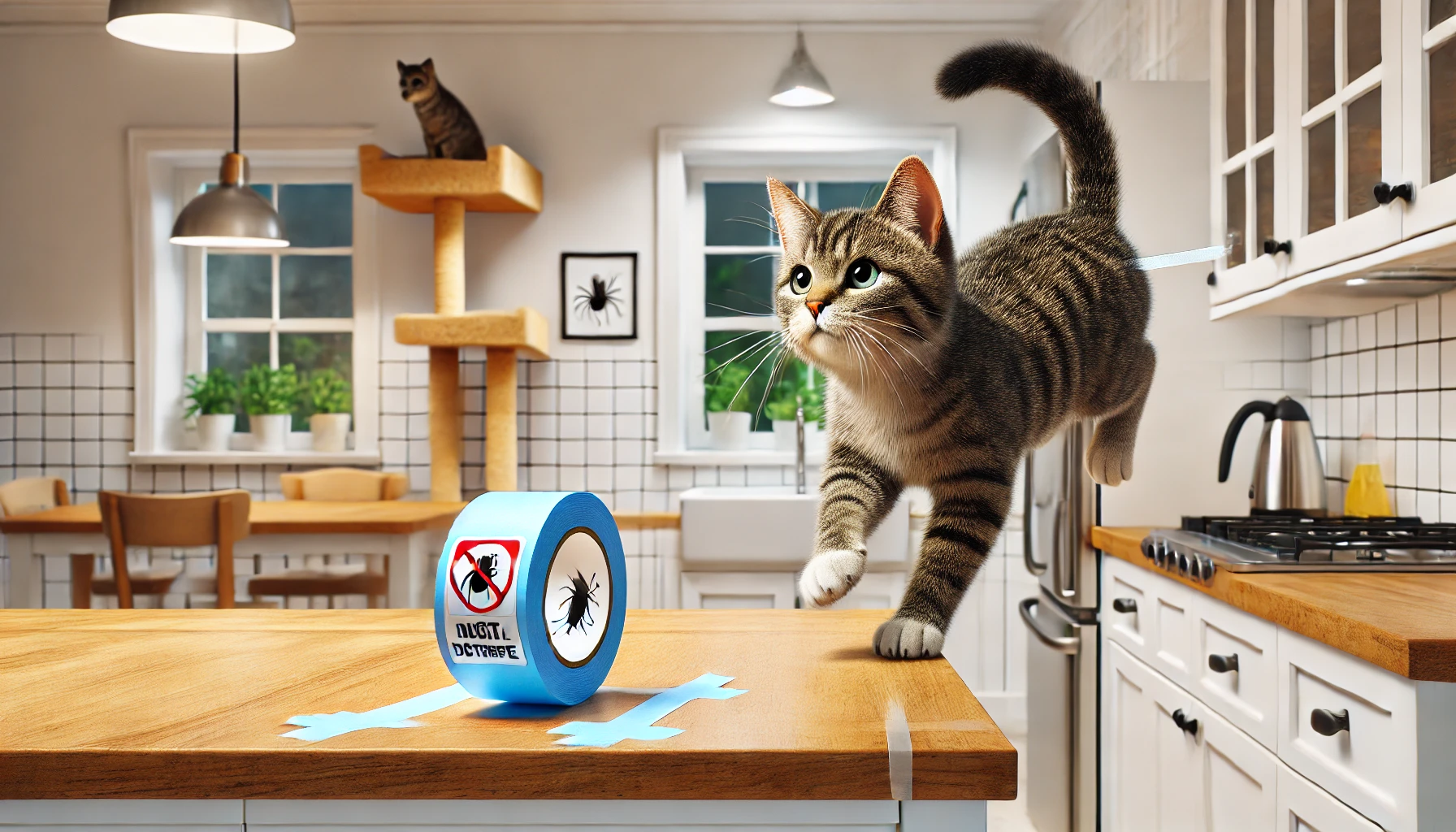Bringing a new cat into a home with an existing cat can be exciting but also challenging. Cats are territorial animals, and a sudden introduction can lead to stress, aggression, or anxiety. However, with the right approach and gradual steps, your cats can learn to coexist peacefully—or even become best friends!
In this guide, you’ll learn how to introduce a new cat to your resident cat step by step, prevent conflicts, and create a peaceful multi-cat household.
1. Prepare a Separate Space for the New Cat
Before introducing the new cat to your resident cat, they need a safe, separate space to adjust.
✅ How to Set Up a Safe Space:
✔ Choose a quiet room with a door (e.g., bedroom, bathroom).
✔ Provide food, water, a litter box, and hiding spots.
✔ Let the new cat explore the room freely before meeting the resident cat.
✔ Keep the door closed for the first few days.
🚨 Common Mistake: Allowing the cats to meet immediately.
Instead: Give the new cat time to settle in first.
2. Swap Scents Before the First Meeting
Cats recognize each other through scent before sight, so scent swapping helps reduce tension.
✅ How to Swap Scents:
✔ Rub a soft cloth on the new cat, then place it near the resident cat.
✔ Swap bedding or toys between both cats.
✔ Let the new cat explore areas the resident cat has been in (and vice versa).
🚨 If either cat reacts negatively (hissing, growling), slow down and repeat scent swapping for a few more days.
3. Let the Cats Smell Each Other Through a Door
Before face-to-face introductions, allow them to smell and hear each other through a closed door.
✅ How to Do This:
✔ Feed both cats on opposite sides of the door to create a positive association.
✔ Play with them near the door to build comfort.
✔ Watch for curious behavior rather than fear or aggression.
🚨 If there’s hissing or growling, continue this step until both cats seem calm.
4. Use a Barrier for the First Visual Introduction
Once both cats accept each other’s scent, it’s time for a controlled first meeting.
✅ Best Ways to Introduce Them Visually:
✔ Use a baby gate, pet screen, or cracked door.
✔ Let them observe each other without direct contact.
✔ Offer treats and toys to create a positive experience.
🚨 If they react negatively, separate them and try again later.
5. Supervised Face-to-Face Introductions
Once both cats seem curious but not aggressive, it’s time for their first real interaction.
✅ How to Do This Safely:
✔ Keep the first meeting short (5–10 minutes max).
✔ Let the cats move freely but supervise closely.
✔ Keep toys and treats nearby for distractions.
🚨 If there is hissing or tension, separate them and try again later.
6. Watch for Body Language Cues
Understanding cat body language helps prevent fights and stress.
✅ Positive Signs:
🐾 Sniffing each other without hissing.
🐾 Slow blinking or relaxed tails.
🐾 Playing or showing curiosity.
🚨 Warning Signs:
❌ Hissing, growling, or flattened ears.
❌ Puffed-up fur or aggressive swipes.
❌ One cat chasing or cornering the other.
🚨 If aggression occurs, separate them and restart the introduction process.
7. Allow Gradual Free Roaming
After several successful short meetings, let both cats explore freely under supervision.
✅ How to Transition to Full Integration:
✔ Open doors for short periods each day.
✔ Keep multiple litter boxes, food bowls, and resting spots.
✔ Let them find their own space in the home.
🚨 If tensions rise, go back to supervised meetings.
8. Ensure Each Cat Has Their Own Resources
Cats are territorial, so having separate essentials helps prevent competition and stress.
✅ Provide:
✔ Multiple food and water bowls (avoid food competition).
✔ Separate litter boxes (one per cat + one extra).
✔ Individual sleeping areas and hiding spots.
🚨 If one cat guards resources, feed them in separate areas.
9. Strengthen Their Bond With Play and Treats
Positive experiences help cats associate each other with good things.
✅ Ways to Build a Bond:
✔ Play with them together using wand toys.
✔ Give treats when they are near each other.
✔ Use catnip or pheromone diffusers (like Feliway) to ease tension.
🚨 Never force them to interact—let their bond develop naturally.
10. Be Patient—Introductions Take Time
Some cats become friends within days, while others take weeks or months.
🐾 Signs They Are Adjusting Well:
✅ Ignoring each other peacefully.
✅ Playing or grooming each other.
✅ Sharing space without tension.
🐾 Signs They Need More Time:
❌ One cat hides constantly.
❌ Ongoing hissing or swatting.
❌ Aggressive chasing or territorial fights.
🚨 If conflict persists for months, consult a vet or animal behaviorist.
Final Thoughts
Introducing a new cat takes time, patience, and positive reinforcement. With a slow and careful approach, your cats can learn to coexist peacefully—or even become best friends!
🐱 Key Takeaways:
✅ Start with separate spaces and scent swapping.
✅ Use gradual introductions with barriers before face-to-face meetings.
✅ Watch for positive or negative body language.
✅ Provide separate food, litter, and resting areas.
✅ Use play, treats, and pheromones to reduce stress.
✅ Be patient—some cats take longer to adjust.
With the right introduction process, your cats will have the best chance of forming a harmonious multi-cat household! 🏡🐾💖





